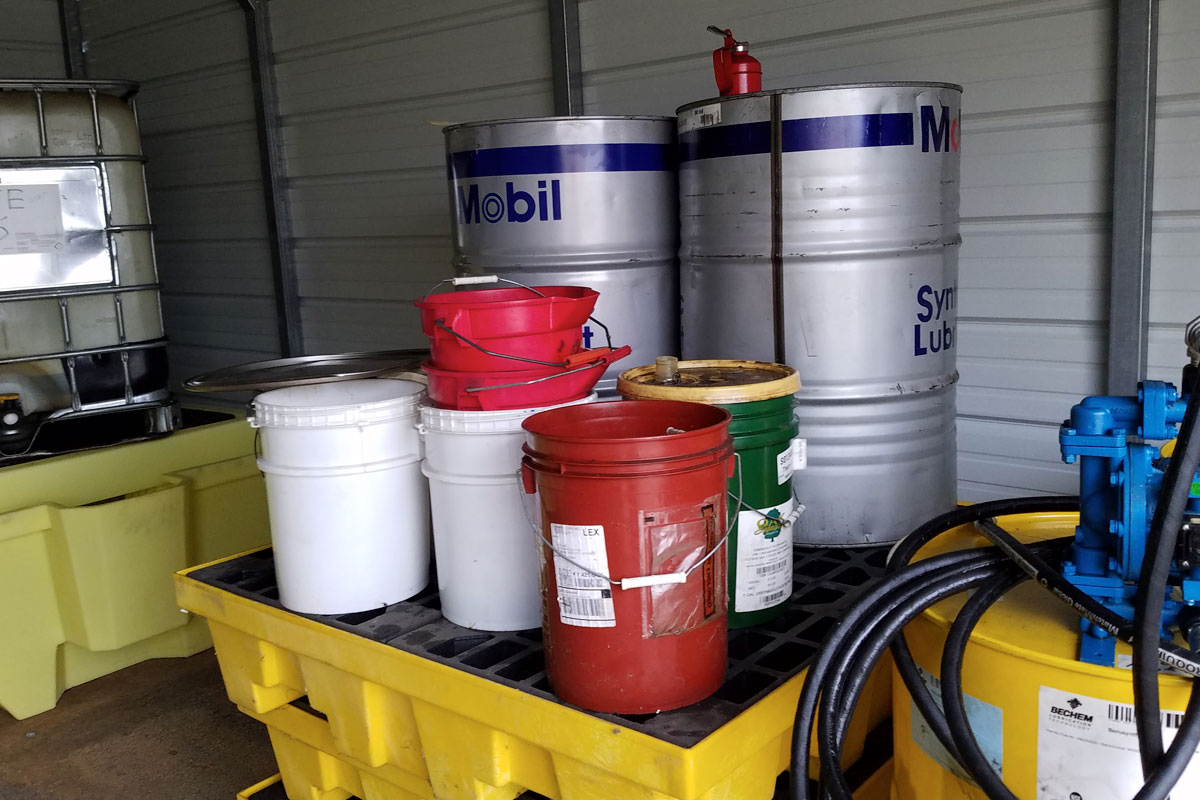Compliance

Audits

Plans & Permits
Sierra Piedmont provides several types of plans, including:
Spill Prevention Plan
Spill Prevention Control and Countermeasure Plans (SPCCs) proactively prepare you for an improper release or discharge of oil. An SPCC gives you crucial knowledge of what to do in the even of a release. Sierra Piedmont has completed hundreds of SPCC plans across a variety of industries. If you own or operate a trucking maintenance garage, distribution center, bulk fuel terminal or manufacturing facility, it is possible you fall under SPCC requirements.
Facility Response Plan
Facilities that could reasonably be expected to cause “substantial harm” to the environment by discharging oil into or on navigable waters are required to prepare and submit Facility Response Plans (FRPs). The Oil Pollution Prevention regulation includes two methods by which a facility may be identified as posing substantial harm:
Oil Spill Contingency Plan
An Oil Spill Contingency Plan (OSCP) is used in place of sized secondary containment to meet the requirements of the Spill Prevention, Control and Countermeasures (SPCC) rule. The OSCP sets forth the steps that an SPCC-regulated facility will take to monitor and respond to releases of oil. As with secondary containment, the purpose of an OSCP is to help the regulated facility prevent oil from entering navigable waters through storm sewers, paved surfaces and even sanitary sewers.
Storm Water Pollution Prevention Plan
Primarily related to industrial and construction activity, a Storm Water Pollution Prevention Plan (SWPPP) may be required to control the mobilization of industrial pollutants by stormwater runoff or construction activities that result in disturbance of one or more acres of land. The EPA developed the National Pollutant Discharge Elimination System (NPDES) permit program under the Clean Water Act to regulate stormwater discharge sources.
Training
We offer training on all stormwater and spill prevention topics onsite and can provide you with training handouts.
Permitting
Sierra Piedmont provides all types of environmental permitting assistance and will be happy to discuss your unique situation in detail.
